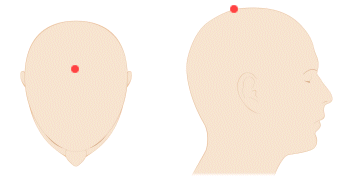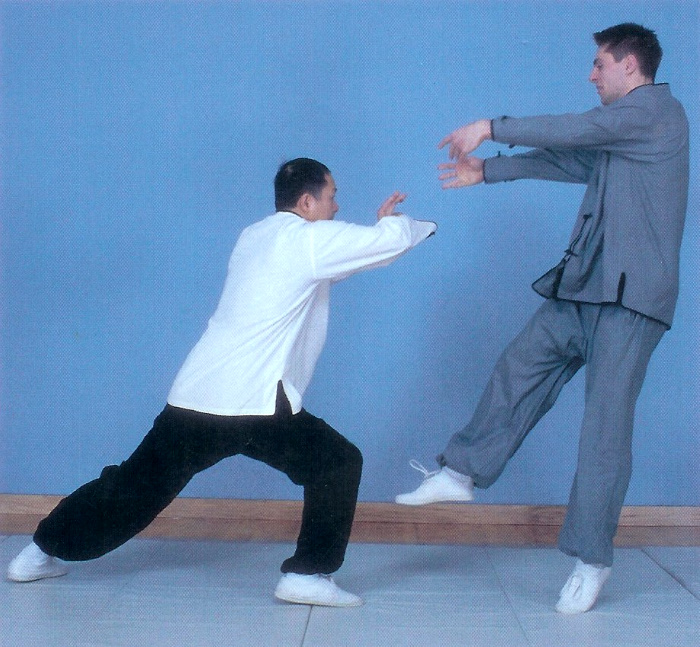The relationship between real fighting and full-contact martial arts competitions is like that of the dog and the hot dog. Although they are composed of similar elements—striking and grappling in the former, meat in the latter—one should not be confused for the other.
The essence of a real fight is not found in tactics, or even in intensity. Genuine combat is defined by its absence of fairness and finality. There are no honored champions, and no nobly accepted defeats; in their place are uncertainty, postponement and escalation. Today, you win by knockout; tomorrow, you are shot in the back.
Even death is no denouement, considering its legal and karmic consequences—not to mention vengeful friends and family of the recently deceased, with their own troublesome interpretations of justifiable homicide.

All martial artists know that budo is not for starting fights. Some have unfortunately been taught that martial artists should avoid them altogether. Honestly, avoidance is a tool for agoraphobics and drunks, not warriors; the true purpose of budo is to end conflict decisively.
What can the ancient Japanese code of bushido teach us about conflict resolution strategy?

